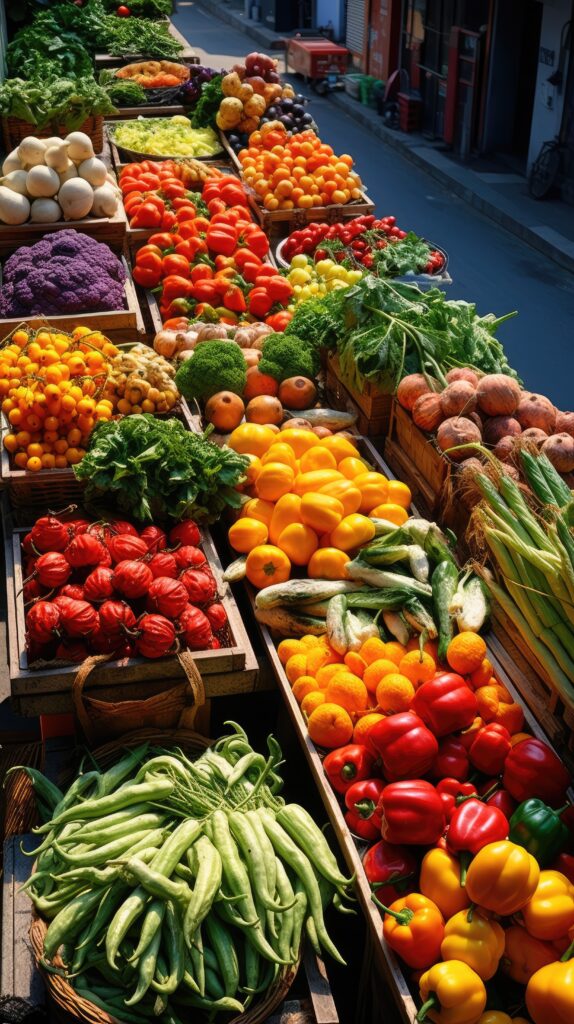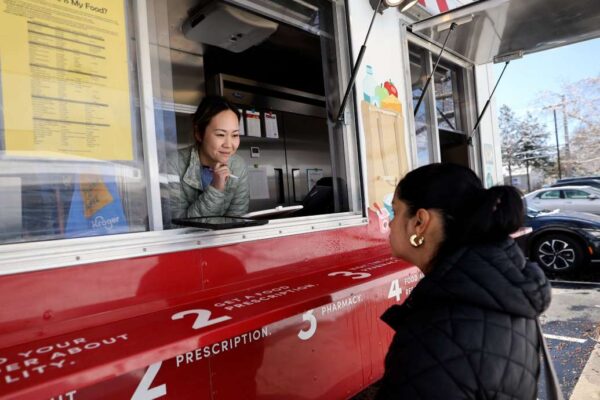9/18/2024 –
According to the U.S. Department of Agriculture (USDA), 17 million households struggled at least once in 2022 to provide enough food for all its members due to a lack of resources. They lacked food security, putting them at risk for chronic, diet-related diseases, such as diabetes and hypertension, not to mention severe, sudden conditions like stroke.
Mass General Brigham uses its Food is Medicine strategy to treat, and prevent, diet-related diseases by addressing poor nutritional options. But how exactly do patients enter a clinic and walk away with reliable access to healthy foods?
“It’s not enough to hand someone vegetables, fruit, and brown rice to eat. That might help for one day, but then what?” says Jacob Mirsky, MD, MA, DipABLM, a Mass General Brigham primary care doctor. “We need to understand what’s preventing patients from accessing those foods in the first place and connect them with resources that will help them overcome barriers to eating and enjoying healthy foods every day.”
Dr. Mirsky, who also heads the MGH Revere Food Pantry at MGH Revere HealthCare Center and Priscilla Wang, MD, MPH, a Mass General Brigham internal medicine doctor and associate medical director of primary care health equity, describe how Mass General Brigham providers screen patients for food insecurity and refer them to food services at partner community organizations.
Together, they outline the patient journey…








